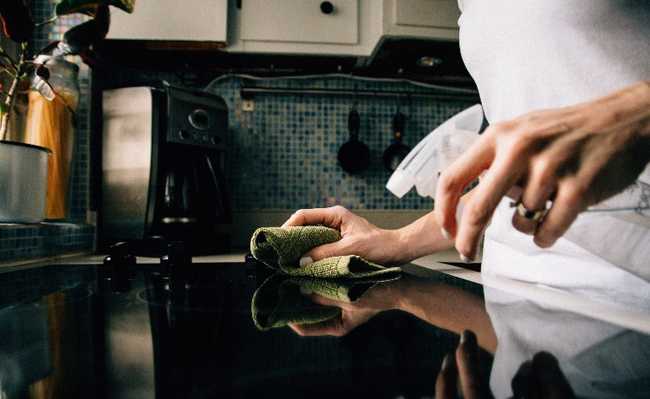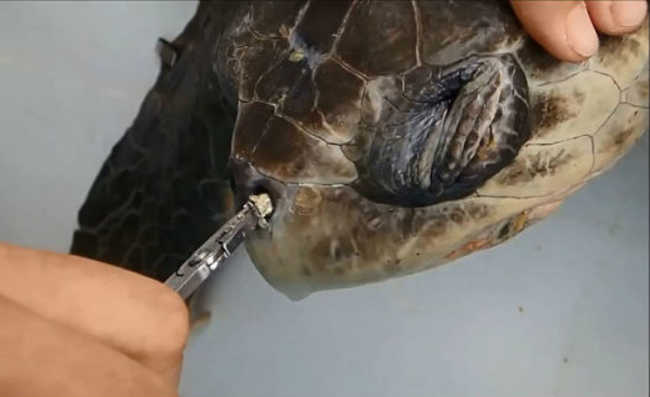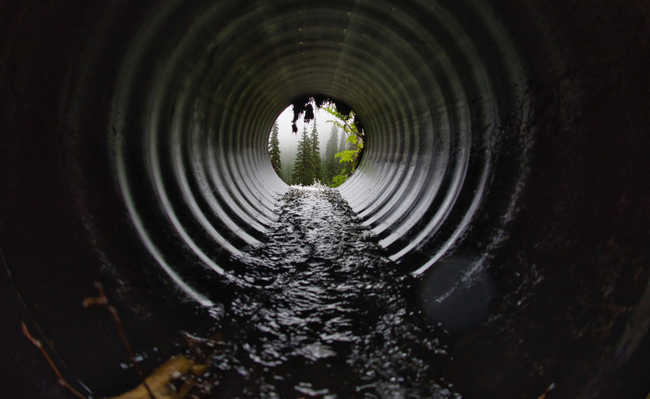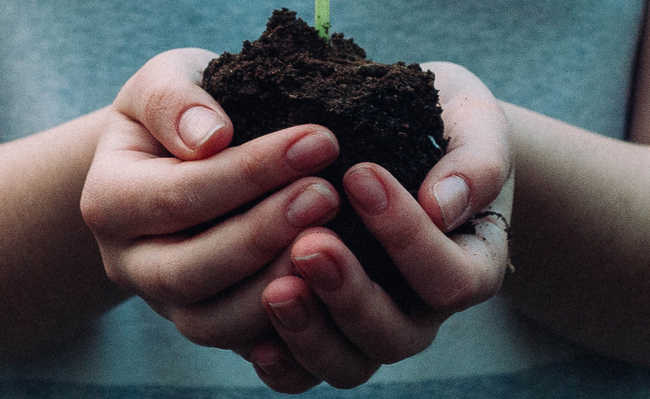How to make homemade disinfectant
The homemade disinfectant is easy to make and can be used to clean the house and even to sterilize wounds.

Image: Kelly Sikkema on Unsplash
Germs and bacteria are everywhere in your home. They are very common and appear on furniture, dishes, in the bathroom and where you least imagine. That's why it's important to use a disinfectant to help remove these microorganisms and to make your home cleaner. However, most products of this type are considered toxic and can contaminate the user and the environment. There are other options, such as making homemade disinfectant and using natural products.
- Know five items in your home that are full of germs
Making your own disinfectant is a more sustainable and cost-effective method of solving the bacteria problem. The homemade disinfectant uses accessible ingredients that are less harmful to the environment, such as vinegar and hydrogen peroxide. We present below a recipe developed by a scientist at the Department of Food Science and Technology at Virginia Tech, USA, to remove salmonella from meat and vegetables, but which also works to eliminate microorganisms that transmit colds and flu - in this case, however, check with a doctor or doctor if the solution is right for you, as the use of hydrogen peroxide requires care and moderation.
- Learn more: Hydrogen Peroxide: Overuse Can Become a Problem
How to make homemade disinfectant
required ingredients
- 100 ml of hydrogen peroxide (hydrogen peroxide) at a concentration of 3% (or 10 volumes, as described in pharmacies);
- 250 ml of white vinegar
- 250 ml of water
- 1 bottle with a capacity of 600 ml;
- 1 spray nozzle (if the bottle does not have one).
How to make
Fill the bottle with water and white vinegar and place the spray nozzle in sequence.
Keep your pot of hydrogen peroxide in one hand and the vinegar spray in the other. Next, define the area where you want to use your homemade disinfectant and pour in some hydrogen peroxide. Then spray the diluted vinegar.
Take care so that your skin is not in direct contact with hydrogen peroxide, which can cause dryness, whitening of the hands and even obstruction of blood vessels. Understand the issue in the article: "Hydrogen water: overuse can become a problem."
This homemade disinfectant was developed at Virginia Tech to be sprayed directly onto food, but be careful not to overdose, as the use of hydrogen peroxide requires attention - prefer to use the mixture only with food that has peel and/or will be cooked . In addition to cleaning areas and food, you can also use the homemade disinfectant formula for other purposes, such as an antiseptic for minor wounds (but again don't overdo it and consult a healthcare professional about proper application).
This variety of uses for this homemade disinfectant recipe is due to the antiseptic properties of hydrogen peroxide.










